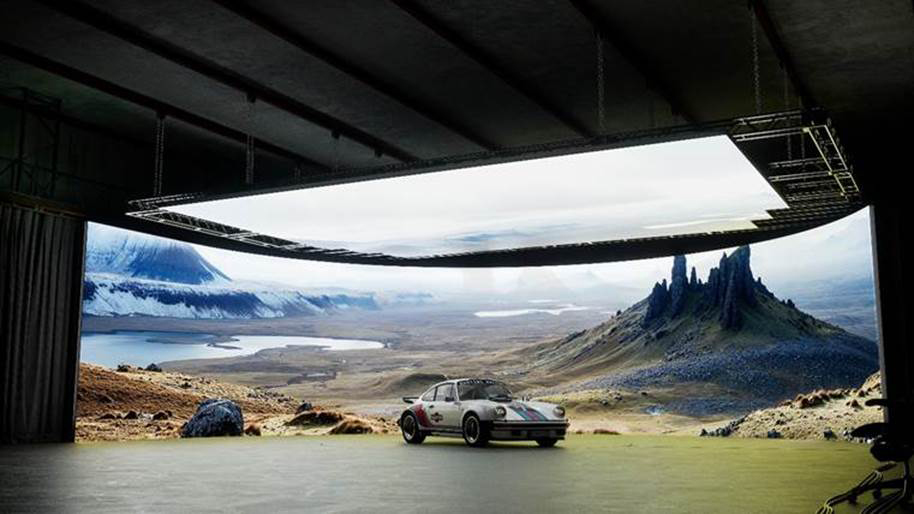The best lenses for the Sigma fp and fp L in 2025
They are unique amongst full-frame cameras, but how do you choose the best lenses for the Sigma fp and Sigma fp L?
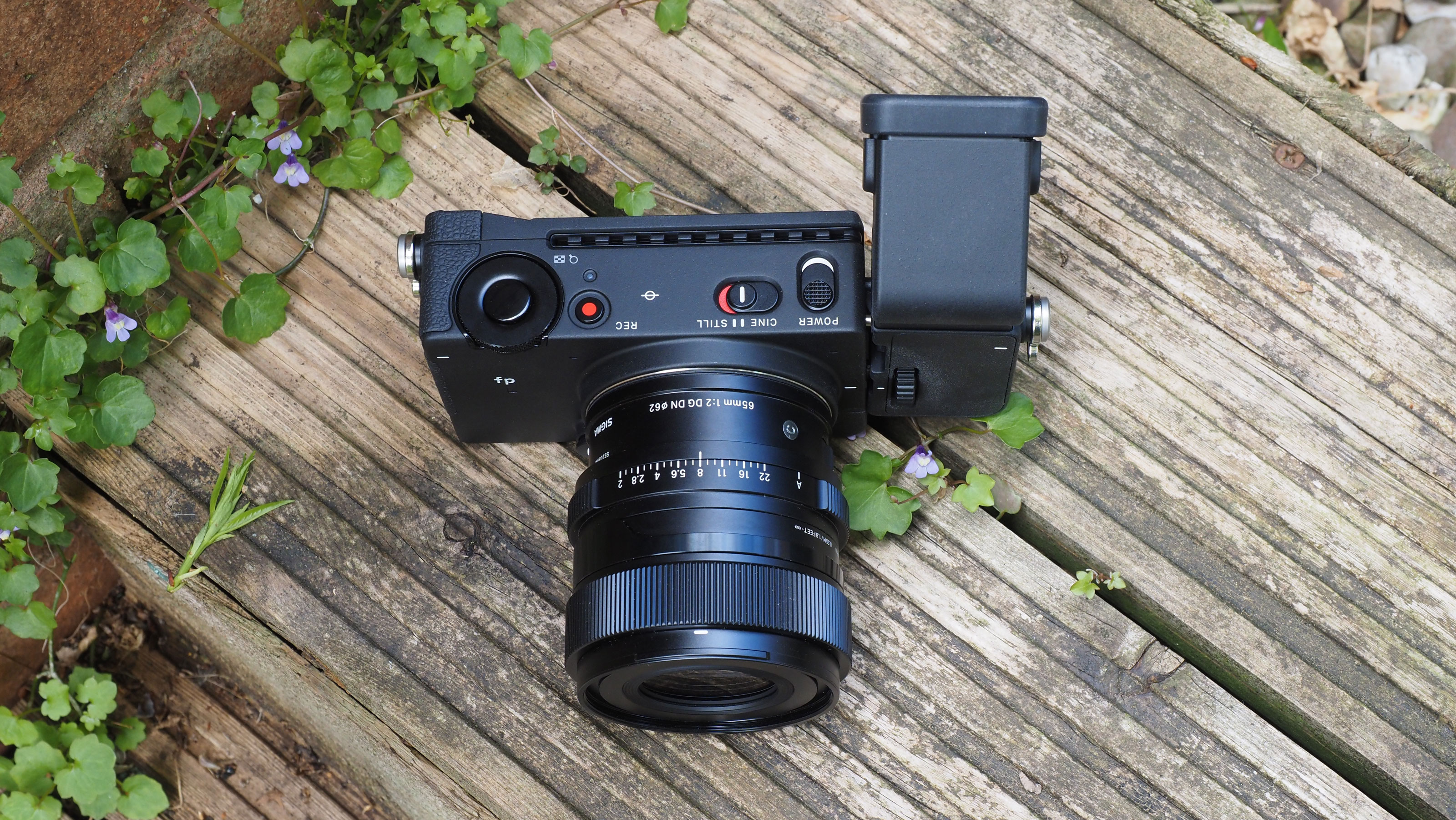
Sigma surprised everyone with the launch of the tiny box-shaped Sigma fp, then followed up with the high-resolution 61MP fp L. These two cameras are unlike any of their rivals and don’t fit neatly into established categories, so choosing the best lenses needs a bit of thought.
Both cameras have Cine/Still switches on the top so it’s clear Sigma intends them for hybrid content creation. However, the (how shall we put it?) leisurely autofocus of the Sigma fp means it can’t really be recommended as one of the best hybrid cameras, while the high-resolution/slow readout speed of the fp L’s 61MP sensor compromises its video capabilities.
So here’s how we see it. Both cameras are very good at stills photography, and the Sigma fp L is particularly impressive in this role. Indeed, it's one of the highest resolution cameras you can get. But while they can both shoot video, the 24MP fp is better in the role of a filmmaking camera where you’re using manual focus and orchestrated setups – it’s not a vlogging camera.
In any event, these cameras need lenses that offer excellent image quality for both stills and video work. There’s another factor, though – size. The Sigma fp and fp L are very small cameras, so the last thing they need is huge lenses mounted on the front. We have included two zooms in our list simply because many people will need this flexibility, but most of the rest of these lenses come from Sigma’s contemporary prime line-up. These are excellent lenses, most with physical aperture rings, that have excellent build quality and a compact design that suits the Sigma fp and fp L bodies.
We haven’t included any telephoto zooms. These Sigma cameras can be used across many different genres, but sports and wildlife photography are not among them…
We have reviewed and tested all of these lenses ourselves, but usually on Sony E-mount bodies. The optical performance and operation will be exactly the same in the L-mount versions, but when you click on the links in our guide, do remember to check that you’re selecting the L-mount version before you buy.
Best lenses for the Sigma fp and fp L
Why you can trust Digital Camera World
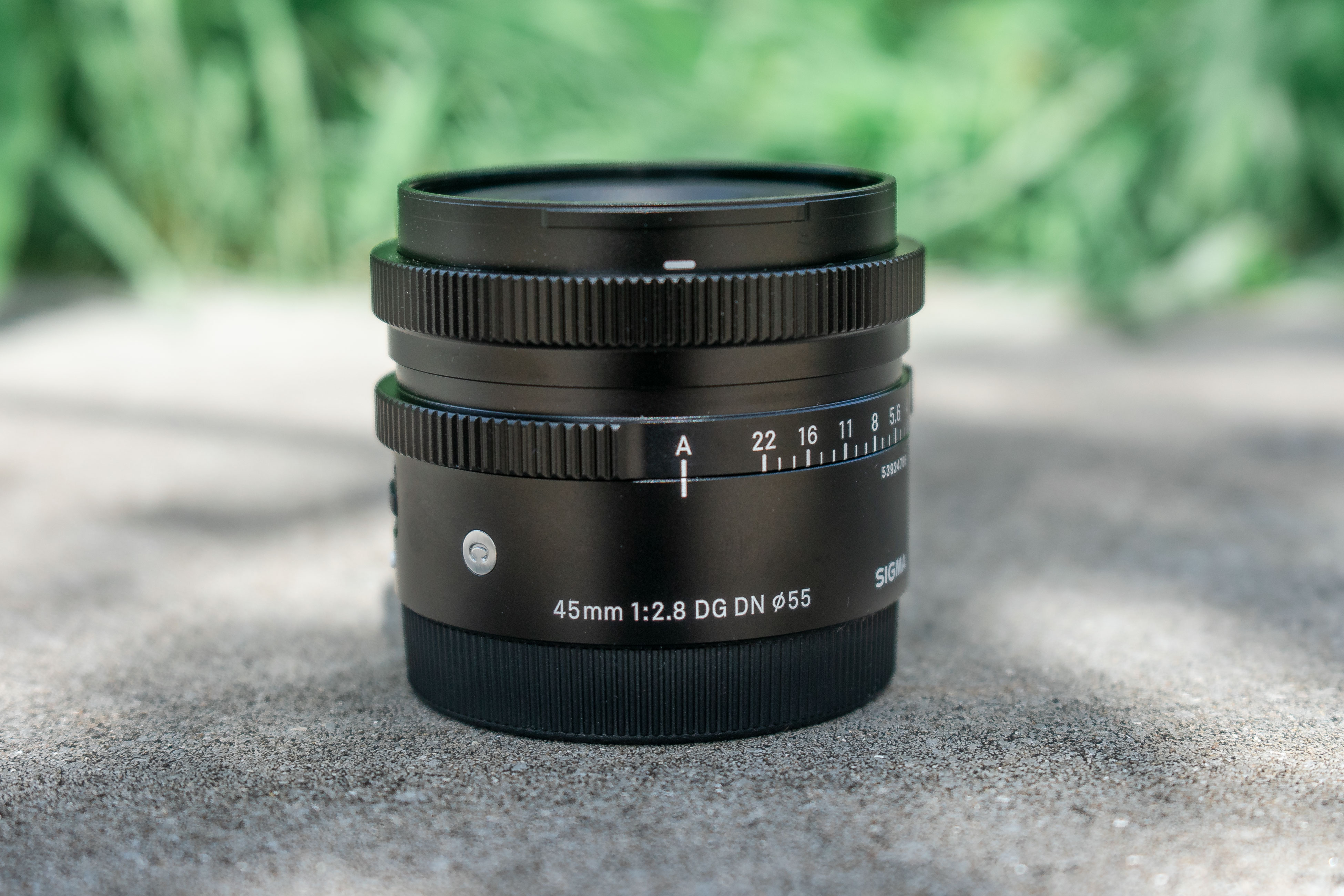
Specifications
Reasons to buy
Reasons to avoid
This is the closest thing to a kit lens for the Sigma fp, though it’s also available separately if you bought your camera body only. The maximum aperture of f/2.8 is pretty modest for a standard prime lens, but the advantage is a very compact lens design that fits the fp and fp L bodies very well. This conservative approach to the optics also delivers excellent image quality. This lens also features a physical aperture ring, like the rest of Sigma’s later contemporary primes. This can’t be ‘de-clicked’, though, so you don’t get silent, stepless iris control while filming, which is something to keep in mind with these Contemporary lenses – they’re great for static, controlled-lighting filming setups, but less effective for real-time exposure changes.
See our full Sigma 45mm f/2.8 DG DN Contemporary review
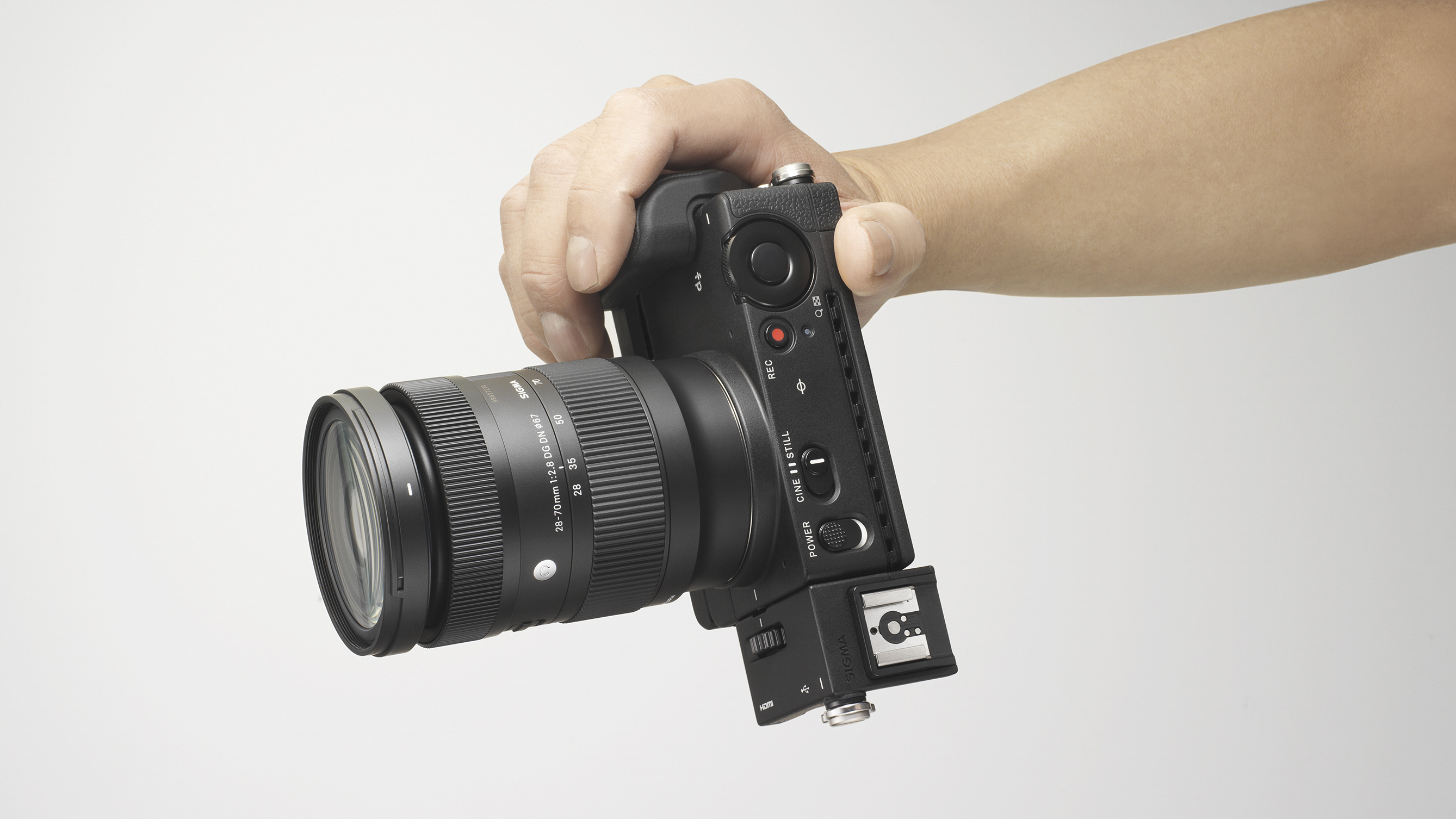
Specifications
Reasons to buy
Reasons to avoid
If you like the flexibility and adaptability of a zoom, then this is probably the one to get. Sigma does also make a 24-70mm f/2.8 Art lens in the L mount, but it’s physically huge. This 28-70mm f/2.8 Contemporary doesn’t go quite as wide but it’s both lighter and cheaper to buy. It’s a great lens to have in your bag when you don’t know exactly what you’ll be shooting and from what distance. This lens does feel well made, despite the lower price, with smooth focus and zoom rings – but not full weather sealing, so it’s something to keep in mind if you have to shoot in all weathers.
See our full Sigma 28-70mm f/2.8 DG DN Contemporary review
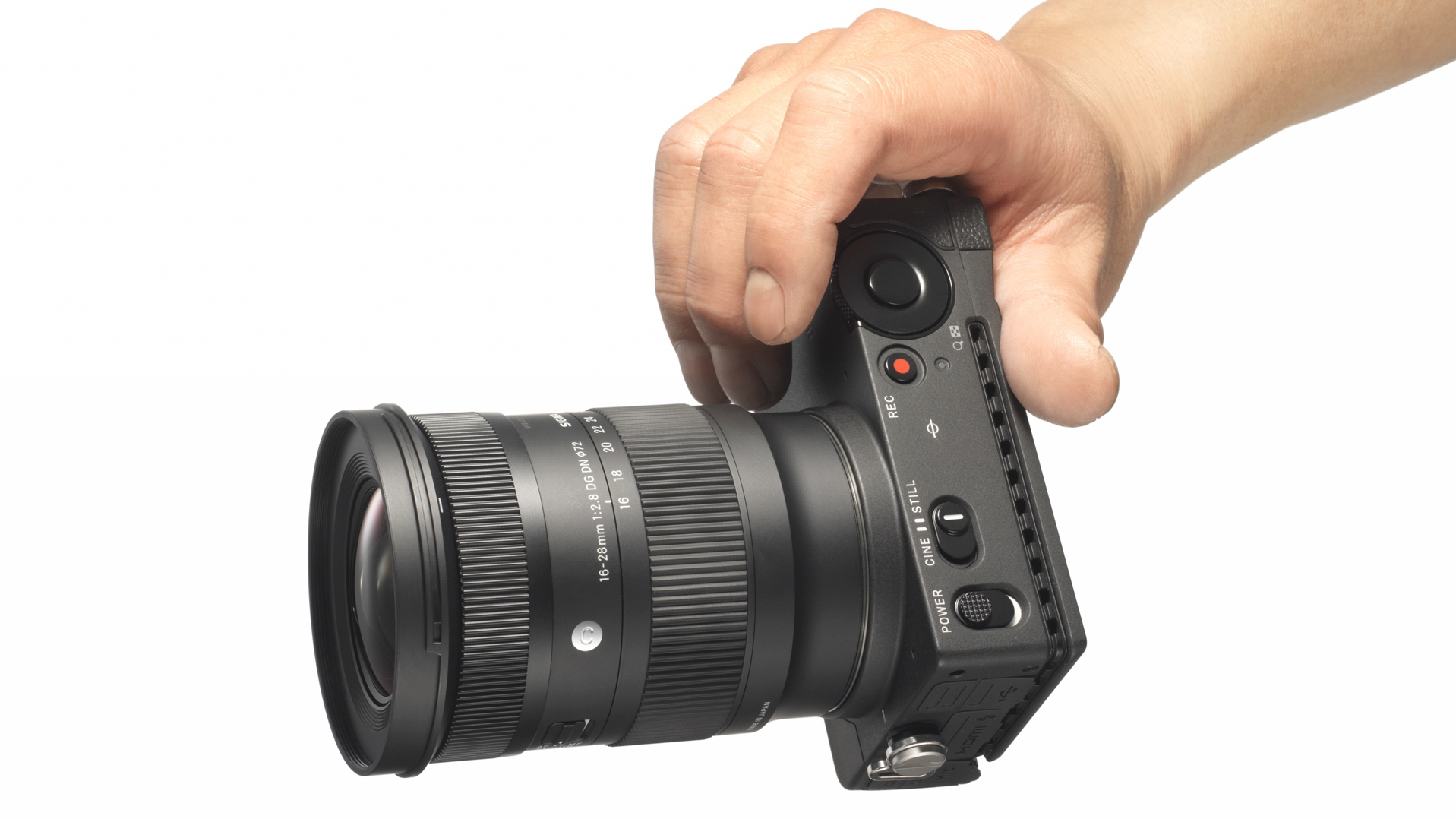
Specifications
Reasons to buy
Reasons to avoid
If you’re investing in the Sigma 28-70mm f/2.8 zoom for your Sigma body, then this 16-28mm f/2.8 makes the ideal companion. Between them, these two lenses cover most of the focal lengths we think you’re likely to be using with the fp and fp L. For a wide-angle zoom at this price, the Sigma delivers a really strong optical performance, only losing a little corner sharpness at its longest focal length, and even then not enough to really notice. You do have to do without an aperture ring – you need the Sigma contemporary primes for this – and it’s still quite a big lens to fit on the fp/fp L bodies, but if you need a wide-angle zoom, this is the one.
See our full Sigma 16-28mm f/2.8 DG DN Contemporary review
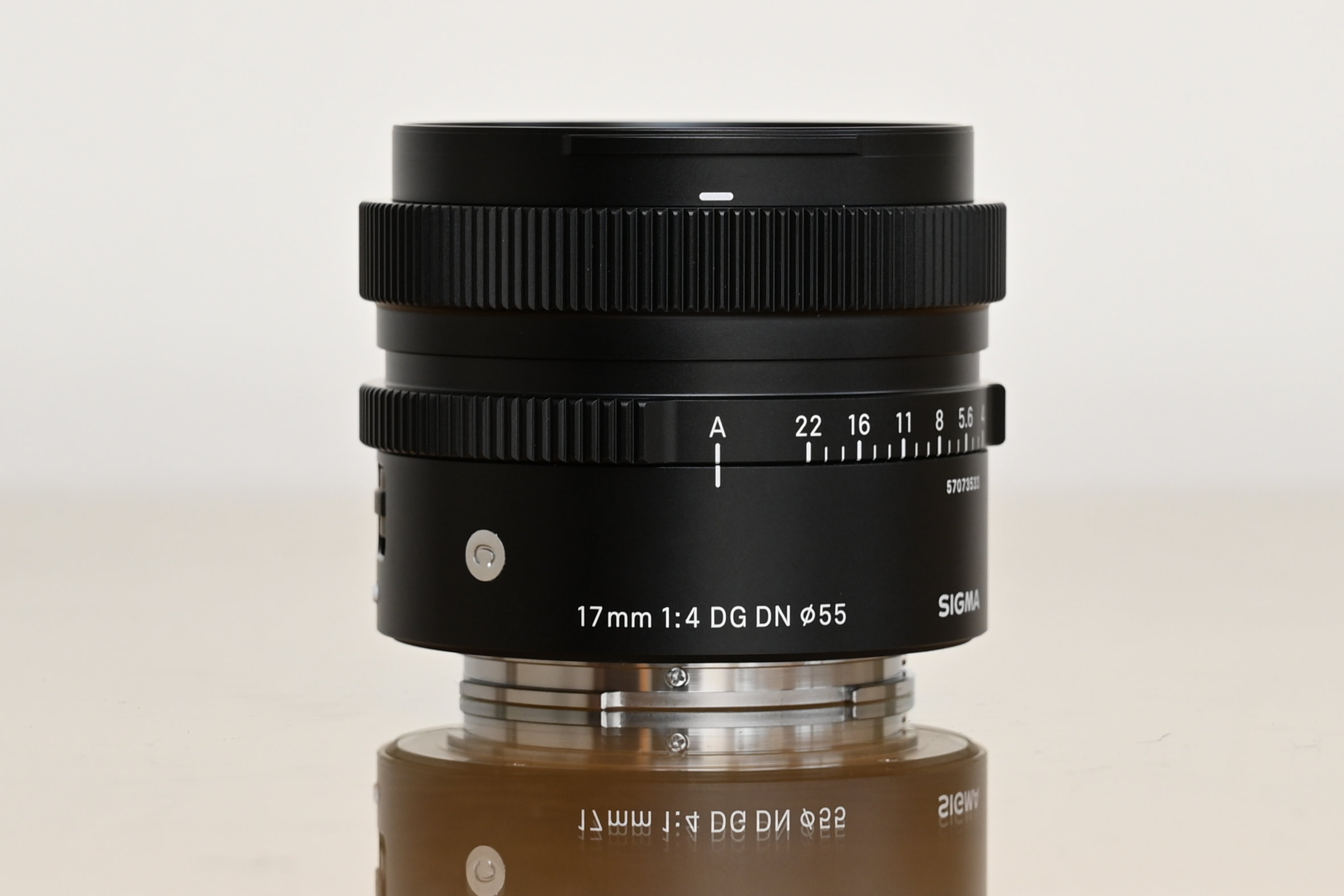
Specifications
Reasons to buy
Reasons to avoid
What this lens lacks in maximum aperture it makes up for in compactness. F/4 might sound pretty modest by today’s standards, but this is a tiny lens that’s hardly going to take up any space in your camera bag. Better still, the conservative specifications deliver superb edge-to-edge sharpness and at a very reasonable price, too. The f/4 maximum aperture means this lens is not ideal for astrophotography (the Sigma 20mm f/2 would probably be better), but it will be perfect for travel, architecture, interiors and dramatic landscapes. True to form for Sigma’s new Contemporary primes, it offers excellent build, handling, and optical performance in a compact and affordable package.
See our full Sigma 17mm f/4 DG DN Contemporary review
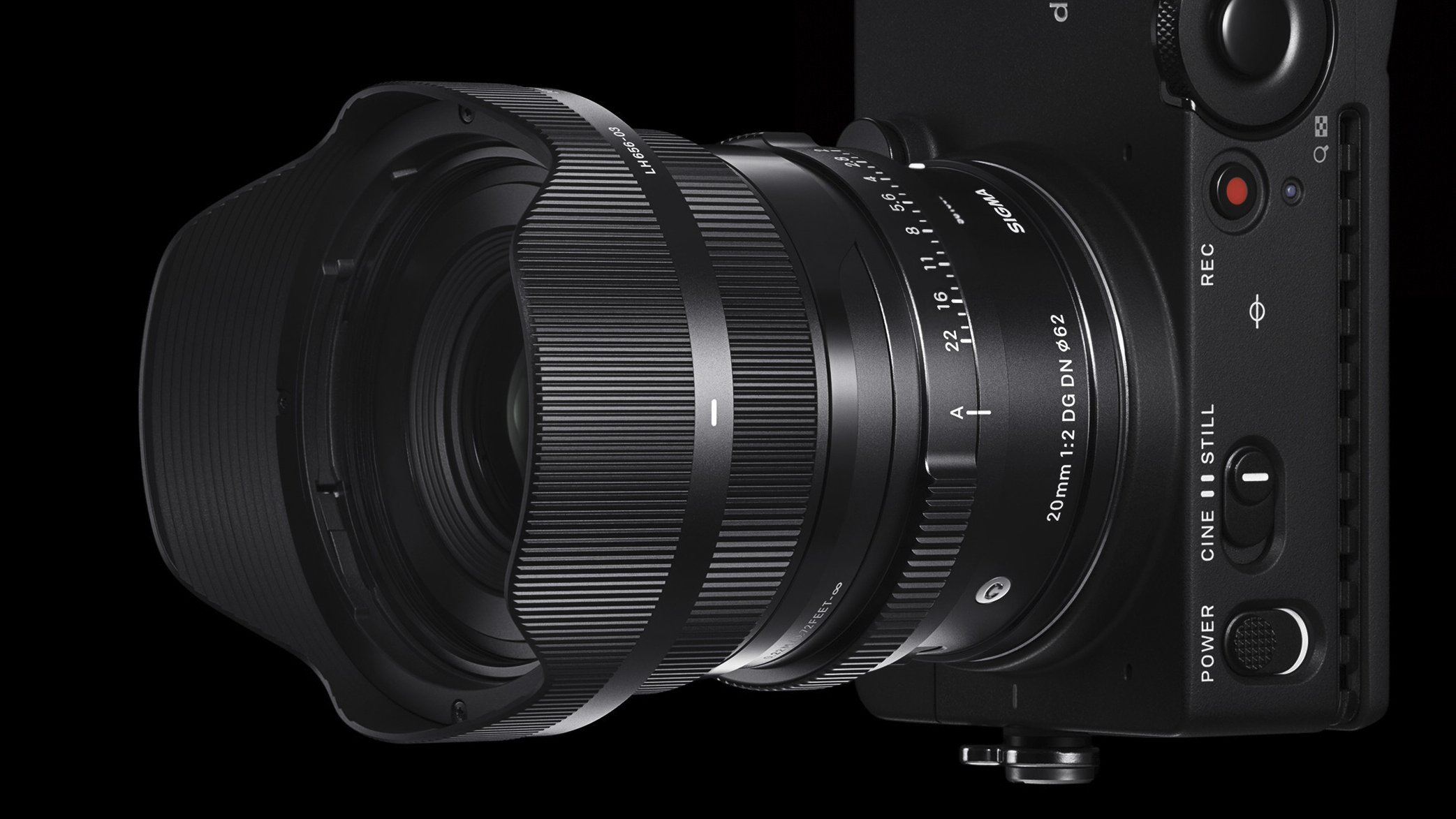
Specifications
Reasons to buy
Reasons to avoid
The Sigma 20mm f/2 DG DN Contemporary is impressive in all sorts of ways. It has an extra-wide angle of view combined with a fast f/2 maximum aperture, it has premium quality build and handling and it has a physical aperture ring too. Admittedly, this is more useful for stills than videography since it does not have a de-click facility for smooth and stepless aperture adjustment, but it still gives this lens a solid, classic feel. The 20mm focal length is perhaps not the ideal angle of view for astrophotography, but this lens does so much more – it’s an excellent lens for landscapes, architecture and interiors, especially if the light levels are low.
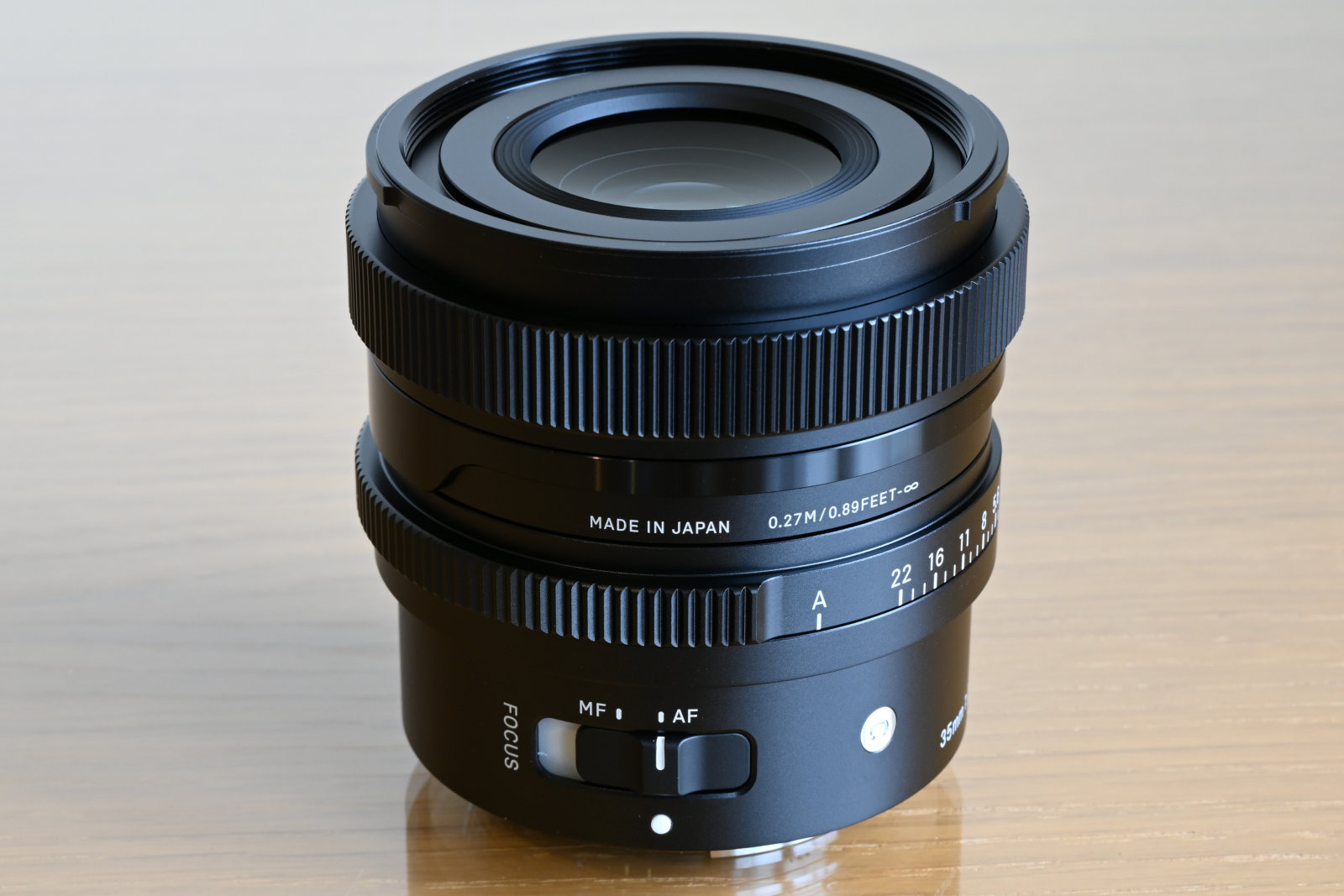
Specifications
Reasons to buy
Reasons to avoid
The Sigma fp and fp L don’t perhaps have the responsiveness for quick-fire street photography and the lack of a focus distance scale and on other Sigma Contemporary lenses makes zone focusing trickier. Nevertheless, if you like a semi-wide angle of view, this makes a great everyday walkaround lens for travel photography. It’s also good for ‘environmental portraits’ showing people at work. Optically, it’s first rate. The center sharpness is excellent and while the edge definition is slightly lower it’s still fine. If you need a wider aperture, Sigma does make a 35mm F1.4 DG HSM Art lens, but this is physically much larger and more expensive too, while the 35mm f/2 is a nice match for the fp/fp L body.
See our full Sigma 35mm f/2 DG DN Contemporary review

Specifications
Reasons to buy
Reasons to avoid
As far as we can see, this 65mm lens is unique. It’s longer than a standard ‘nifty fifty’ but not as long as a regular portrait lens. It certainly fills a focal length gap for prime lenses, though, and is especially effective for portraits if you want to get more of your subject in the frame or you’re working in a confined space. The longer than usual focal length also delivers shallower depth of field than a 50mm to give nice background blur in outdoor shots. We say in the ‘cons’ that this lens is a little large and heavy, but that’s only relative to the other Sigma Contemporary primes – this is still quite a compact lens by regular mirrorless standards. The build quality is excellent, the image quality is very good indeed, and you get a physical aperture ring for that old-school hands-on shooting experience.
See our full Sigma 65mm f/2 DG DN Contemporary review

Specifications
Reasons to buy
Reasons to avoid
The Sigma fp L and its huge resolution could be the perfect camera for detailed macro photography. Sigma does indeed make a couple of different macro lenses for the L-mount, and the Sigma 105mm f/2.8 is the one that usually gets recommended. It is a superb lens, but it’s also very big and heavy. The smaller Sigma 70mm f/2.8 DG Macro Art featured here is just as impressive optically, but cheaper and lighter and easier to handle on the small Sigma fp and fp L bodies. The only downside to this lens is that its shorter focal length means you will be shooting closer to your subject, which can be problematic with timid subjects or shadows being cast by you and the camera.
See our full Sigma 70mm f/2.8 DG Macro Art review
See also our more general guide to the best L-mount lenses
Get the Digital Camera World Newsletter
The best camera deals, reviews, product advice, and unmissable photography news, direct to your inbox!

Rod is an independent photography journalist and editor, and a long-standing Digital Camera World contributor, having previously worked as DCW's Group Reviews editor. Before that he has been technique editor on N-Photo, Head of Testing for the photography division and Camera Channel editor on TechRadar, as well as contributing to many other publications. He has been writing about photography technique, photo editing and digital cameras since they first appeared, and before that began his career writing about film photography. He has used and reviewed practically every interchangeable lens camera launched in the past 20 years, from entry-level DSLRs to medium format cameras, together with lenses, tripods, gimbals, light meters, camera bags and more. Rod has his own camera gear blog at fotovolo.com but also writes about photo-editing applications and techniques at lifeafterphotoshop.com
